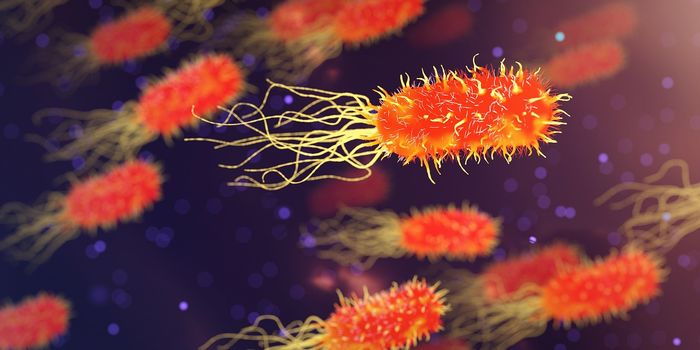Researchers Reconstruct the HIV Genome From a Sample Taken in 1966
This year, researchers reported that a second person had been cured of HIV. It took a decade, but researchers added another patient to the list of people that had been successfully treated for the illness with a stem cell transplant. We’ve come a long way since the 1980s, when the HIV pandemic emerged and it was considered a death sentence. Scientists have been trying to understand it ever since, and while it's long been thought to have emerged from West Africa before the first patients were identified in the US, there hasn't been biological evidence that the virsu infected people at that time and place until now.
One of two human immunodeficiency viruses, HIV-1 or HIV-2 cause HIV infections. They’re retroviruses that store their genetic information in an RNA molecule that is copied into DNA after entering a host cell, and integrates into the host genome. HIV then causes serious damage to the immune system of the host by destroying white blood cells. Current treatments are getting much better, and can stop transmission of the disease. But if left untreated, the infection can progress to other serious infectious illnesses or AIDS and cause death. The video above by National Geographic outlines the disorder.
Patients that had a ‘severe immune syndrome’ were first described in 1981. The term AIDS was first used by the Centers for Disease Control and Prevention in 1982. The following year, French researchers led by Dr. Françoise Barré-Sinoussi at the Pasteur Institute identified a retrovirus that they suspected was causing AIDS. She and Dr. Luc Montagnier would go on to receive a Nobel Prize in 2008 for this finding.
Researchers spent decades trying to ascertain the origins of the virus. Genetic tools enable scientists to look at the history of organisms, including viruses, by tracking changes in DNA. Samples from patients had been taken from around the world, and the differences between them told a story about how the virus emerged and spread. Even within a small geographic area, there are many differences in the viral genetic material, showing researchers that the virus had a fast rate of evolution and had been circulating in people for some time before it was recognized.
HIV-2 was and remains most common among people that live in West Africa. It did not take long for researchers to find a relative of HIV called SIV in sooty mangabey monkeys, which live in the region. Proving the connection took longer, but by the mid-nineties researchers had shown that it had jumped between humans and mangabeys multiple times, twice giving rise to lineages that began to spread away from people that ate bushmeat and into the general population.
HIV-1 is more common in the United States, and it took longer to understand its emergence. We know now that it originated in Central Africa in the mid-1970s after jumping from chimpanzees to humans, subsequently arrived in Thailand in the late seventies or early eighties, and expanded from there.
In recent work by Michael Worobey and his team at the University of Arizona, a nearly complete version of the HIV-1 genome was reconstructed from a clinical sample taken in 1966. To find it, the scientists screened 1,652 samples that were taken in Kinshasa in the Democratic Republic of Congo between 1959 and 1967 in an effort to find biological data that confirmed the genetic extrapolations that researchers have made. This study also helps us understand what conditions might have influenced the evolution of a pandemic.
“There’s no other way to test these important inferences about the origins of one of the most important infectious diseases to ever hit humans,” Worobey told The Atlantic. “In retrospect, we’d probably do it again, but it’s crazy how much work it was.” It took them about five years.
The investigators’ open-access report might be of particular note to scientists working in the molecular wet lab. Incredibly, the researchers were able to extract RNA from formalin-fixed samples from the 1960s by dissolving them in xylene and using kits from Qiagen or Roche.
Learn more about the history of AIDS and where research is going from the video above by Cold Spring Harbor Laboratory.
Sources: bioRxiv, The Atlantic









